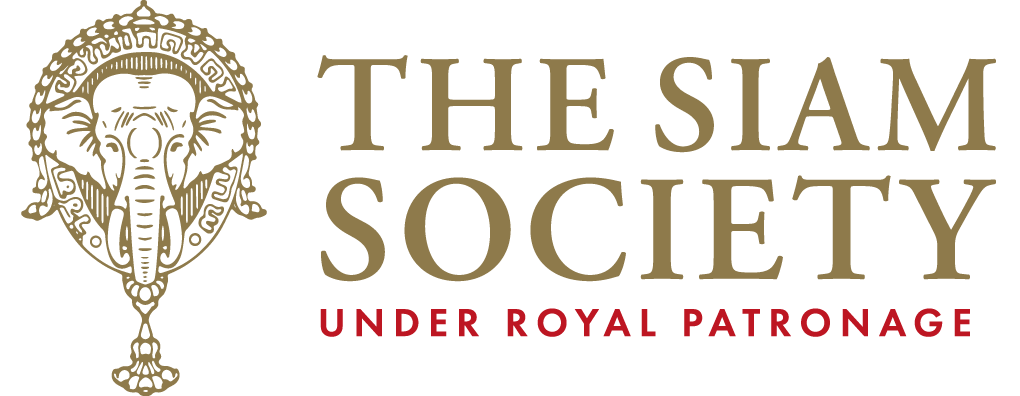High-resolution view of the Mogao Cave number 420 (Sui Dynasty) from Digital Dunhuang (数字敦煌), the Dunhuang Academy’s website, providing users with 3D and VR access to some of the caves. Copyright of the Dunhuang Academy 敦煌研究院版权所有 2016-2023
Dunhuang Murals in Contemporary China
From the Sui dynasty (581–618 AD), Dunhuang played an essential role as a gate of the Chinese empire thanks to its geo-strategic location on the Silk Road and its artistic excellence in Buddhist cave murals. Yet, Dunhuang progressively fell into oblivion from the Ming (1368–1644 AD) to the Qing (1644-1911 AD) dynasties. It was only during the first half of the 20th century that Dunhuang’s legacy was rediscovered by foreign explorers– Aurel Stein and Paul Peliot, among others–, and Chinese artists–Chang Dai-chien and Chang Shuhong, in particular–. The inscription of the Mogao Caves on the list of UNESCO World Heritage in 1987 by the People’s Republic of China has further enhanced Dunhuang’s visibility domestically and internationally. The historical site has been transformed into a well-known destination for both tourists and scholars. Meanwhile, Dunhuang has been integrated into China’s soft power strategy through the development of international institutions and infrastructures, educational programmes, performances and exhibitions, as well as intensifying media exposure and digital access. Thus, Dunhuang’s murals have been celebrated as a national treasure while becoming a primal source of inspiration for artists, designers, and creative industries.
From cultural diplomacy and tourism to visual arts and social media, this lecture aims at deciphering the status of Dunhuang in contemporary China and assessing the sustainability of such a “renaissance”.
About the speaker
Rémy Jarry (賀一凡) is a Senior Lecturer at Chulalongkorn University, Bangkok, as well as an Adjunct Professor at the Catholic University of Paris, and Shih Chien University, Taipei (實踐大學). He is also a writer, curator, and member of AICA, CIMAM, and ICOM. His main research interests are related to Asian arts and cultural heritage. Fluent in English, French, and Chinese, Rémy holds a PhD in Art History & Theory from the China Academy of Art (中國美術學院) focusing on traditional funerary culture in Chinese contemporary art. He also holds an MBA along with two MAs in Art History, and Journalism, from Sorbonne University, Paris.
When
Where
Admission
Members and Students (to undergraduate level) — Free of charge
Non-Members — THB 200
For more information, please contact
To book your place, please contact Khun Pinthip at 02 661 6470-3 ext 203 or pinthip@thesiamsociety.org
More upcoming lectures
-
 Preserving Samsara III: Photographic Recollection of PakistanLecturesThursday, 25 July 2024 at 19:00
Preserving Samsara III: Photographic Recollection of PakistanLecturesThursday, 25 July 2024 at 19:00 -
 This Fresh Existence: Heart Teachings from Bhikkhuni DhammanandaLecturesThursday, 1 August 2024 at 10:30
This Fresh Existence: Heart Teachings from Bhikkhuni DhammanandaLecturesThursday, 1 August 2024 at 10:30 -
 Snowland Arts: Making the Community a Better Place, One Artist at a TimeLecturesSaturday, 3 August 2024 at 10:30
Snowland Arts: Making the Community a Better Place, One Artist at a TimeLecturesSaturday, 3 August 2024 at 10:30 -

